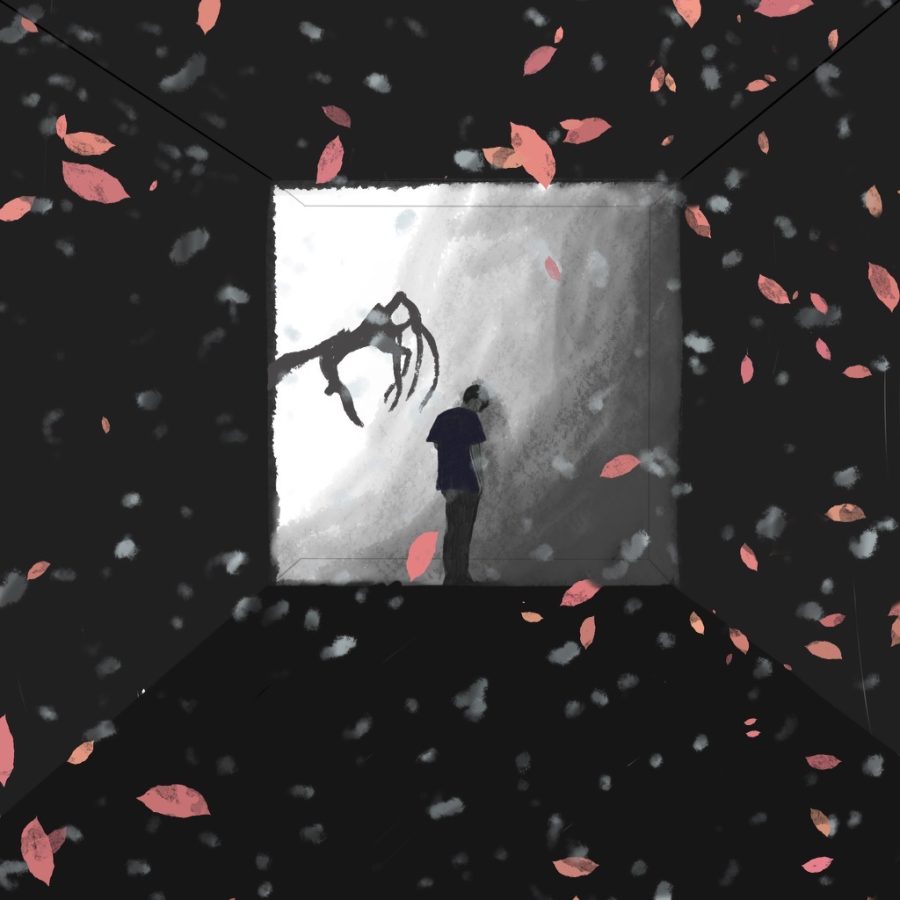Seasons and Mental Health
May-Talton
May 16, 2023
As the weather begins to warm up, many will begin to feel weight slipping off their shoulders, taking away a wave of sadness. The seasonal mood change problem is one that is known all too well. However, it is often regarded as nonexistent or an unimportant one. The changing feelings could be minor or as serious as a diagnosis for a type of depression called Seasonal Affective Disorder (SAD). The consuming feelings may leave a person feeling alone but this experience is shared by millions across the United States.
SAD is often associated with the winter months. Junior Tucker Purvis says, “I think about the different geographical phenomenon such as the change in temperature, sunlight, and color of leaves that can cause anyone to feel a sense of sadness or loneliness.” Researchers have been working to find a scientific explanation with the working theory being the human circadian system. The Washington Post says, “With shorter days and lower levels of sunlight in the winter, some people may experience disruptions in the circadian clock, possibly throwing the production of important chemicals in the body — such as cortisol, the primary stress hormone; melatonin, which promotes sleep; and serotonin, which is needed for mood regulation — out of sync with the solar clock.” Consultation with doctors can lead to personalized treatments of light therapy, which is used to mimic outdoor light and keep the body in a routine.
Common human experiences are often shared through music, and dealing with SAD is no different. Singer songwriter Mxmtoon shares her experiences with the lines, “Seasonal depression’s got me sleeping off the days / And I’ve wasted all my time feeling grey / When the sun peeks out I sit outside / To bask in my tiny bit of the light / To warm, the cold that I feel inside.” Through Coup de Main, she shares, “I wrote ‘seasonal depression’ because of my own experience with SAD, and to fill the gap in music I felt existed when it came to the topic. I think it was therapeutic for me to write and sing about how my depression can worsen in the winter, and the side effects of other people also enjoying the song was a wonderful perk.” Hearing others’ perspectives on a hard topic can feel comforting to those who are struggling, as observed within the song.
While the winter type of SAD gets exposure, the same cannot quite be said about the summer version. As warm weather is linked with being outside, many feel the pressure to associate with happiness. Kristen Ashly from the New York Times shares, “Depression descends like a heavy curtain. I skip picnics, day trips and vacations — the hot, humid days in central Wisconsin make me lethargic, yet also agitated, irritable and unable to sleep. By afternoon, I feel like a zombie.” Another difference between these two types of SAD other than time is symptoms. The National Institute of Mental Health describes that SAD shares the symptoms of major depression but with variations. Winter SAD brings Insomnia (lack of sleep) and loss appetite while summer SAD brings Hypersomnia (oversleeping) and overeating.
Although it may not be serious enough for a diagnosis, many living in Issaquah feels the drag of constantly changing weather in Washington. Freshman Nikitha Matthews says, “In the area it is dark all the time, so when the sun comes out, I feel happy and motivated to go outside. When there is darkness, I do not have the energy to do anything.” She shares that her method to deal with this is walking her dogs to have a reason to get fresh air and feel better. As students, the Issaquah High School population’s feelings are not only affected by weather, but also by the periods of time during the school year. Sophomore Evan Chen says, “The parts of the school year where I had a worse mentality are during stressful weeks like testing, campaign season, finals week, and club elections. One’s imagination can create thousands of different possibilities that theoretically can happen. Having those negative possibilities circling throughout your brain can bring you down.” This is where the few weeks of breaks come in. These times are vital in helping students recharge for other parts of school. It is also important to find personal ways to handle your mental health. Senior Paige Bryan shares, “As a freshman, I did not understand the importance of mental health. However, during the pandemic I started to develop a greater understanding of how mental health impacts me and my peers. I am lucky to have a good support system now.” Checking on your friends and family year-round regardless of the time will build support and can be the difference maker to those around you.
Seasonal change is something that will always be there, so it is best to learn to adjust your lifestyle to be the most convenient for yourself. Researching, reaching out, and staying up to date about mental health awareness is key. There are always people willing to look out for you!



